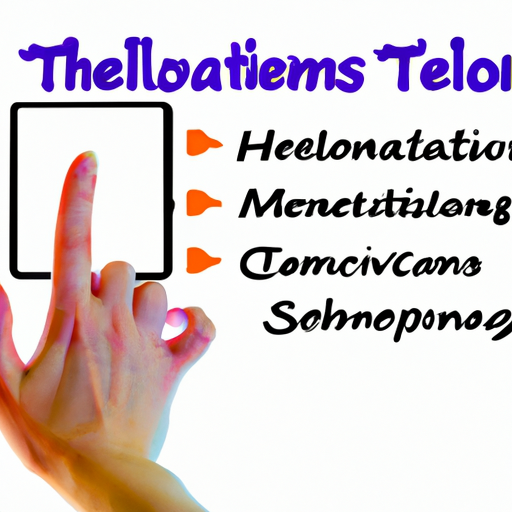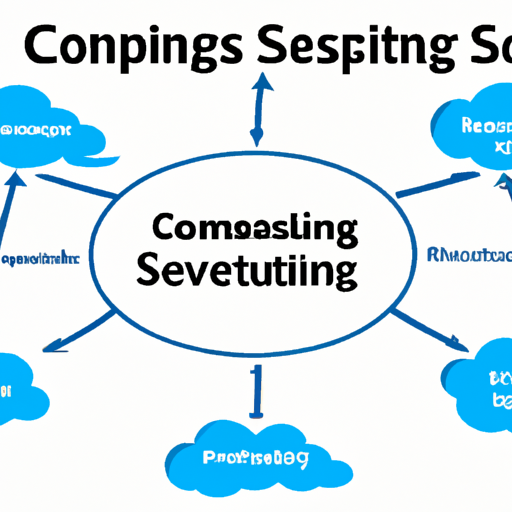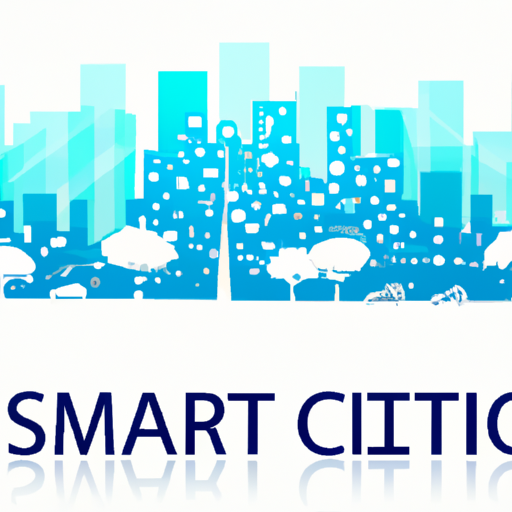In recent years, wearable health tech has emerged as a game changer in the healthcare industry, offering individuals unprecedented control over their health and wellness. From fitness trackers to smartwatches, these devices are not just trendy accessories; they are vital tools in health monitoring and disease prevention.
What is Wearable Health Technology?
Wearable health tech includes devices that are worn on the body and monitor various health metrics. Examples of these devices include:
- Fitness Trackers: These devices track physical activities, heart rate, and sleep patterns.
- Smartwatches: These integrate health monitoring features with smartphone functionalities, offering notifications and apps.
- Health Monitoring Devices: Advanced wearables that can track blood pressure, glucose levels, and other health indicators.
Benefits of Wearable Health Tech
The benefits of wearable health technology extend beyond personal fitness. Here are some significant advantages:
- Real-Time Health Monitoring: Users can receive immediate feedback on their vitals, allowing for timely interventions.
- Data Collection: Continuous monitoring provides extensive health data that can be used for personalized medicine.
- Enhanced Motivation: Gamifying health targets through wearables can encourage users to maintain a healthier lifestyle.
Challenges to Adoption
Despite the numerous advantages, the adoption of wearable health tech faces several challenges:
- Data Privacy: Concerns over how user data is stored and used by tech companies.
- Accuracy and Reliability: The need for accurate data to ensure effective health monitoring is crucial.
- Integration with Healthcare Systems: Smooth integration with healthcare provider systems remains a crucial hurdle.
The Future of Wearable Health Tech
The future of wearable health technology looks promising. As innovations in health technology continue to evolve, we can expect:
- Advanced Biometrics: More sophisticated sensors that monitor a wider array of health parameters.
- AI Integration: Utilizing artificial intelligence to analyze data for better health insights.
- Healthcare Partnerships: Collaborations between tech companies and healthcare providers will likely enhance device efficacy.
In conclusion, wearable health tech is revolutionizing the way we approach health and wellness. With ongoing advancements and greater acceptance, these devices are set to become integral parts of health management strategies in the near future.
As wearables continue to proliferate, staying informed about their developments can empower individuals to take charge of their health more effectively.













